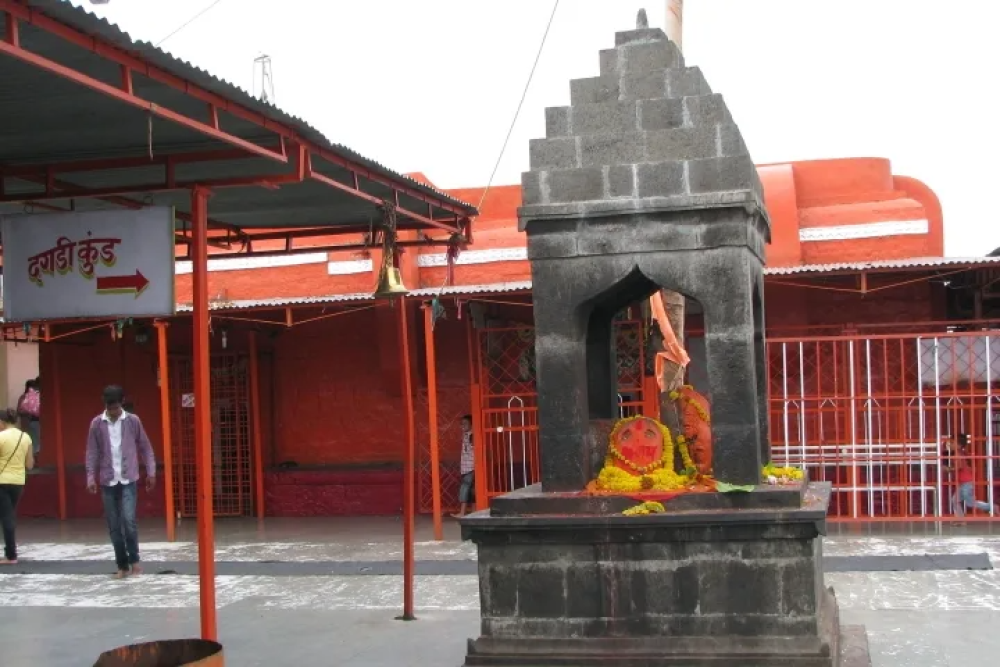

Mahur finds its roots deeply embedded in the Hindu mythology, as it is believed to be the birthplace of Goddess Renuka, mother of Lord Parshuram, an incarnation of Lord Vishnu. The presence of the ancient Renuka Devi temple at Mahur is a testament to its religious importance, dating back to many centuries. This temple, along with the Dattatreya temple, is one of the key reasons why Mahur is considered one of the Shakti Peethas and an important destination in the spiritual landscape of India.
The region has been a site for Hindu pilgrimage for hundreds of years. However, organized tourism has only started to develop over the past few decades as infrastructure has improved. The local authorities, along with the tourism department, have been actively involved in enhancing the facilities for pilgrims and tourists alike.
Initially, Mahur's tourism was primarily driven by religious pilgrimages, with the majority of visitors being devotees wishing to offer their respects at the temples. Over time, the focus of tourism has evolved to include the appreciation of the natural beauty of the region, with its scenic hills, dense forests, and the presence of wildlife sanctuaries nearby.
With the advancement of travel networks and communication facilities, more tourists have started to include Mahur in their travel itineraries. The Maharashtra State Government has recognized the potential of Mahur as a tourist destination and has been promoting eco-tourism along with spiritual tourism.
Sustainable Tourism: In recent times, there has been a shift towards sustainable tourism practices in Mahur. Efforts are being made to preserve the natural environment and to provide sustainable facilities for tourists without compromising the sanctity of the pilgrimage experience.
Digital Presence: With the digital revolution, information about Mahur's temples and tourist spots is now readily available online, making it easier for tourists to plan their visits. The use of digital platforms for booking and managing travel has also seen an uptick in recent years.
Offbeat Experiences: Visitors to Mahur are now looking beyond the religious aspect and seeking offbeat experiences. Trekking, exploring nearby wildlife, and participating in local cultural festivals have become increasingly popular.
Homestays and Local Cuisines: There has been a rise in the popularity of homestays, with tourists preferring to stay with local families to experience the region's authentic culture and cuisine.
In conclusion, while Mahurgadh continues to be known as a sacred pilgrimage site, it is also developing into a diverse tourist destination, offering a blend of spirituality, culture, and natural beauty. The local authorities are working to foster a tourism environment that respects the historical and cultural significance of Mahur while catering to the evolving interests of modern travelers.